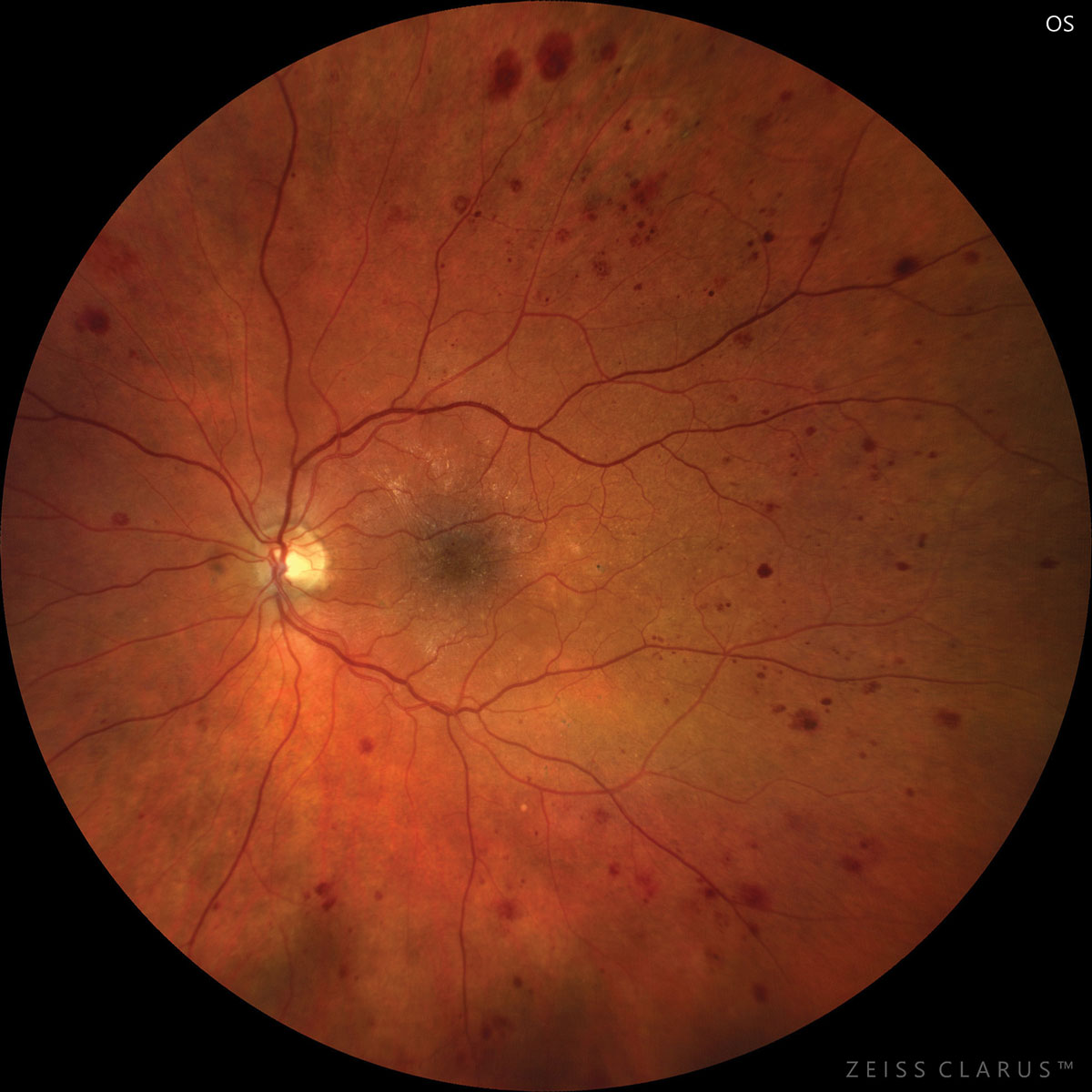 |
|
Routine use of certain lab studies may help pinpoint DR risk. Photo: Jay Haynie, OD. Click image to enlarge. |
The pathogenesis of diabetic retinopathy (DR) is not fully understood; however, many researchers suggest that inflammation plays an important role. The neutrophil-to-lymphocyte ratio in peripheral blood can indicate systemic inflammation. An increased ratio may be the result of increased neutrophils, which can adhere to endothelial cells and result in vascular endothelial damage and widespread chronic inflammation. Lymphocytes are the main cells of the body’s immune system and regulate inflammatory responses. Neutrophil counts generally increase as inflammatory disease progresses, and lymphocyte counts decrease when inflammatory disease deteriorates. Researchers recently reported that neutrophil-to-lymphocyte ratio positively correlated with DR when its value was less than 4.78.
The cross-sectional study was carried out among 2,772 adults with diabetes mellitus based on the National Health and Nutrition Examination Survey conducted in the United States over a seven-year period. Neutrophil-to-lymphocyte ratio was presented as absolute neutrophil counts to absolute lymphocyte counts. The relationship of ratio levels to DR was analyzed using multivariable logistic regression after adjusting for potential confounders.
After these factors were adjusted, increased ratio levels were shown to be related to the elevated risk of DR (odds ratio [OR]: 1.08). The association between neutrophil-to-lymphocyte ratio levels and DR was nonlinear, with an inflection point of 4.78. Beyond this range, there was no correlation. Compared with baseline values, the neutrophil-to-lymphocyte ratio was not statistically significant on the right side of the inflection point (1.00) but was positively associated with DR on the left side (1.24).
Subgroup analysis revealed that a high neutrophil-to-lymphocyte ratio had an independent relationship with DR in high waist circumference (≥107.6cm; OR: 1.46), and low hemoglobin (<13.6g/dl; OR: 1.70).
The researchers acknowledged that their data was obtained from only one blood test. They suggested serial testing could provide more information because of the short lifespan of blood cells.
He X, Qi S, Zhang X, Pan J. The relationship between the neutrophil-to-lymphocyte ratio and diabetic retinopathy in adults from the United States: results from the National Health and Nutrition Examination Survey. BMC Ophthalmol. August 17, 2022. [Epub ahead of print]. |

